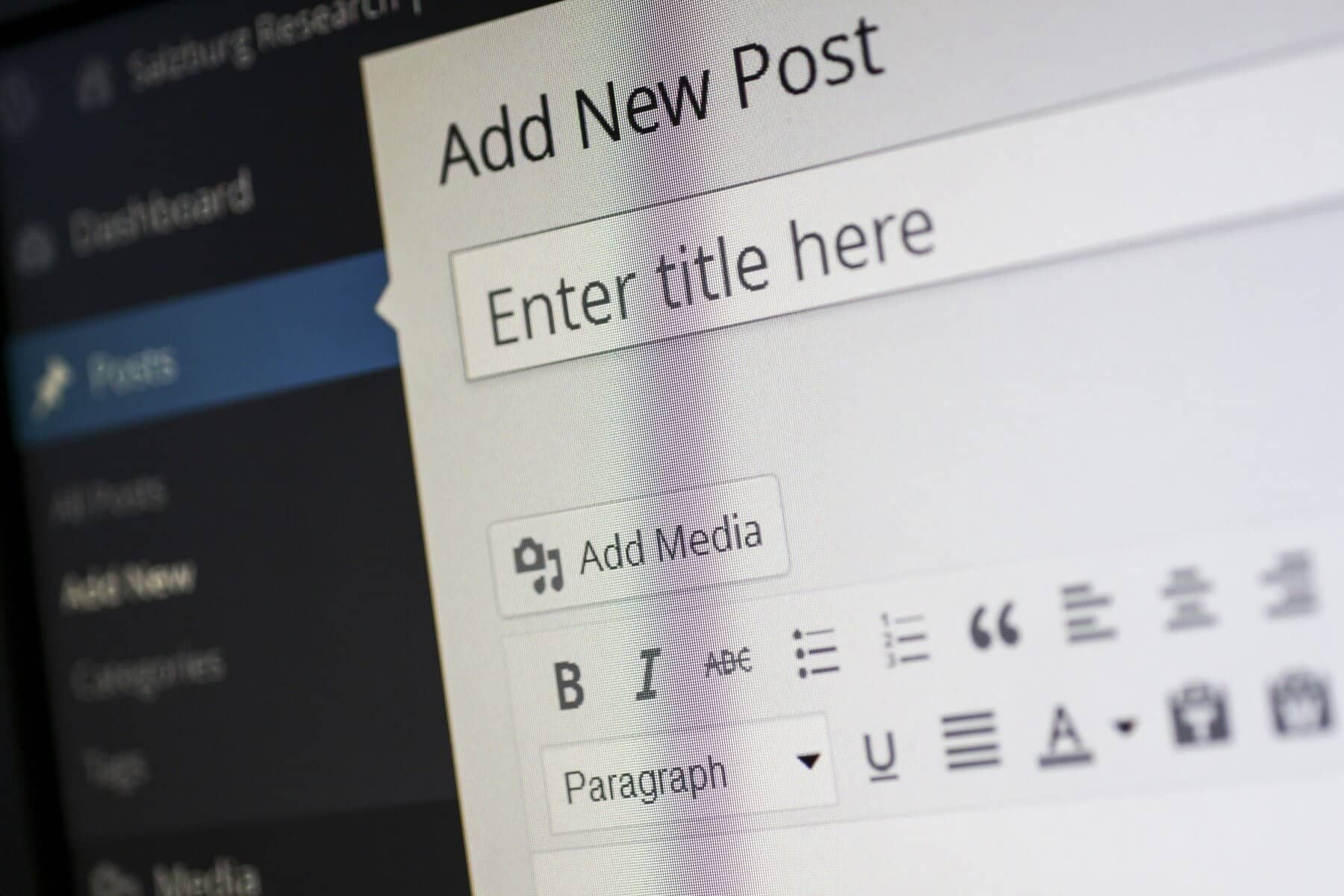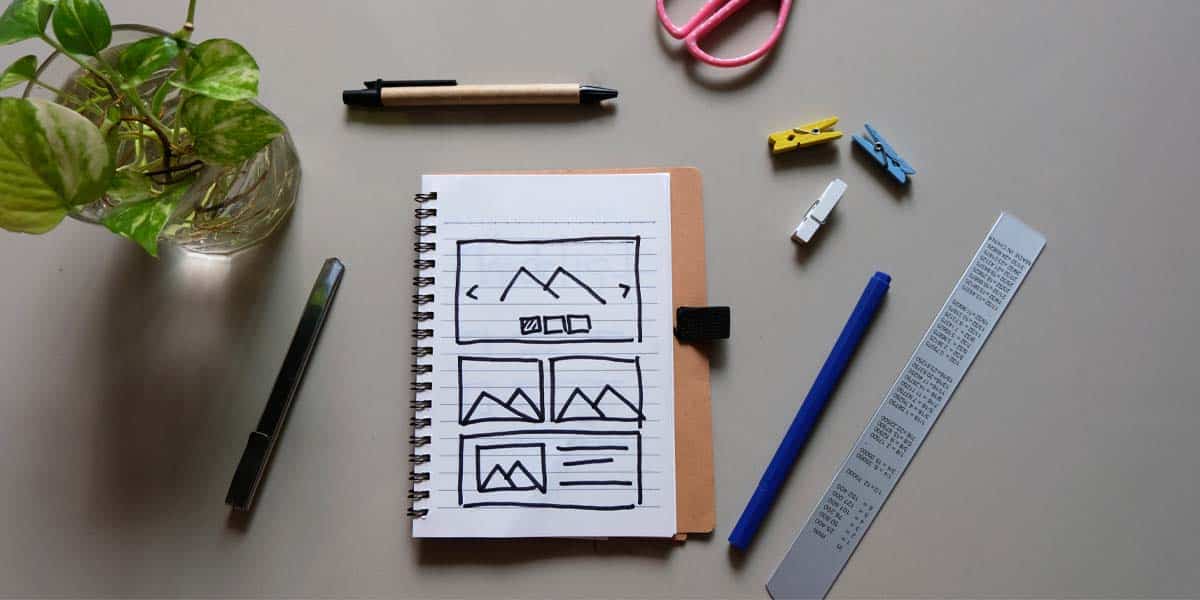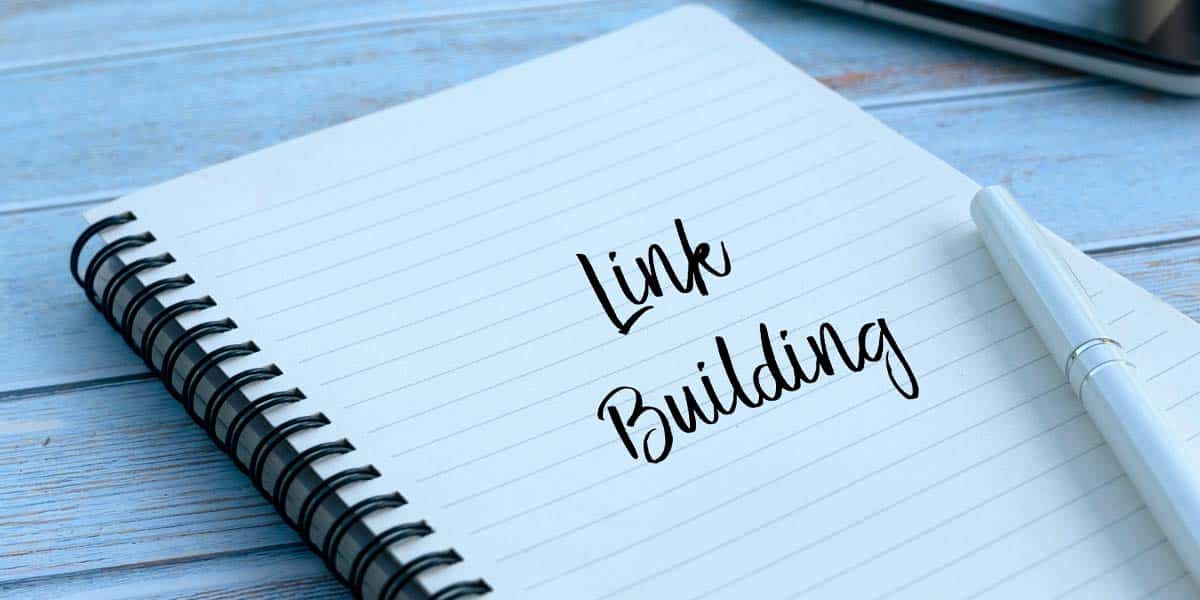
Images are a crucial part of any website, providing visual appeal and aiding in user engagement. However, if not optimized properly, they can significantly slow down your WordPress site. Slow loading times can lead to a poor user experience and negatively impact your site’s SEO. Here’s a comprehensive guide on how to optimize WordPress images for better performance.
1. Choose the Right Image Format
Selecting the appropriate image format is the first step in image optimization. The three most common formats are JPEG, PNG, and GIF:
- JPEG is ideal for photographs and images with lots of colors. It offers good quality with smaller file sizes.
- PNG is best for images that require transparency or for graphics with fewer colors. While PNGs tend to be larger than JPEGs, they offer higher quality.
- GIF is suitable for simple animations and images with a limited color palette. It supports transparency but has a lower quality compared to PNG.
For modern web usage, consider using WebP, a format developed by Google that provides superior compression while maintaining quality.
2. Resize Images Before Uploading
Uploading images with dimensions larger than needed can unnecessarily increase file size. Use image editing software like Photoshop, GIMP, or online tools like Canva to resize images to the exact dimensions required by your theme.
For example, if your website’s content area is 800px wide, there’s no need to upload images wider than 800px.
3. Compress Images
Compression reduces the file size of images without significantly impacting quality. There are two types of compression:
- Lossy compression reduces file size by removing some image data, which might slightly reduce quality.
- Lossless compression reduces file size without affecting image quality.
Plugins like WP Smush, EWWW Image Optimizer, and ShortPixel can automatically compress images upon upload or in bulk. They provide settings to choose between lossy and lossless compression.

4. Use Responsive Images
Responsive images automatically adjust their size based on the device’s screen size, improving loading times on mobile devices. WordPress 4.4 and later versions support responsive images by default, but ensure your theme uses the srcset attribute to provide multiple image sizes for different devices
5. Lazy Load Images
Lazy loading delays the loading of images until they are about to enter the viewport. This reduces initial page load time and bandwidth consumption. WordPress 5.5 and later versions have built-in lazy loading. To enable it, ensure the loading=”lazy” attribute is added to your image tags. Alternatively, plugins like Lazy Load by WP Rocket can help.
6. Optimize Image Delivery
Use a Content Delivery Network (CDN) to deliver images faster to users around the world. A CDN stores copies of your site’s images on multiple servers located in different geographic regions. When a user accesses your site, the CDN delivers the images from the server closest to them. Popular CDNs include Cloudflare, KeyCDN, and Amazon CloudFront.
7. Utilize Image Caching
Caching can significantly improve the loading speed of images. Browser caching stores copies of your site’s images on a visitor’s device so that they don’t need to be downloaded again on subsequent visits. WordPress caching plugins like W3 Total Cache or WP Super Cache can help you manage browser caching effectively.

8. Optimize Image Metadata
Image metadata includes information like camera settings, location, and date taken. While this information can be useful, it unnecessarily increases file size. Use tools like ImageOptim or TinyPNG to strip metadata from your images before uploading them to your site.
9. Regularly Audit and Optimize Existing Images
With increases in the use of mobile devices, it is important to ensure that the user interface is optimized for mobile devices. Because the Google algorithm gives weight to mobile responsiveness, it is an essential component of search engine optimization (SEO). Choose a WordPress theme that is responsive and can easily adjust to different screen sizes, and undertake cross-device testing on your website regularly to ensure that its performance is consistent across all platforms.
10. Implement Best Practices for Image SEO
Optimized images can also improve your site’s SEO. Use descriptive filenames, add alt text, and include relevant captions and titles to help search engines understand the content of your images. This can enhance your site’s visibility in search engine results.
Conclusion
Optimizing images is essential for maintaining a fast and efficient WordPress website. By following these steps—choosing the right format, resizing and compressing images, using responsive images, lazy loading, utilizing CDNs, caching, optimizing metadata, auditing existing images, and implementing SEO best practices—you can significantly improve your site’s performance and user experience. Investing time in image optimization will pay off with faster load times, better SEO rankings, and more satisfied visitors.
